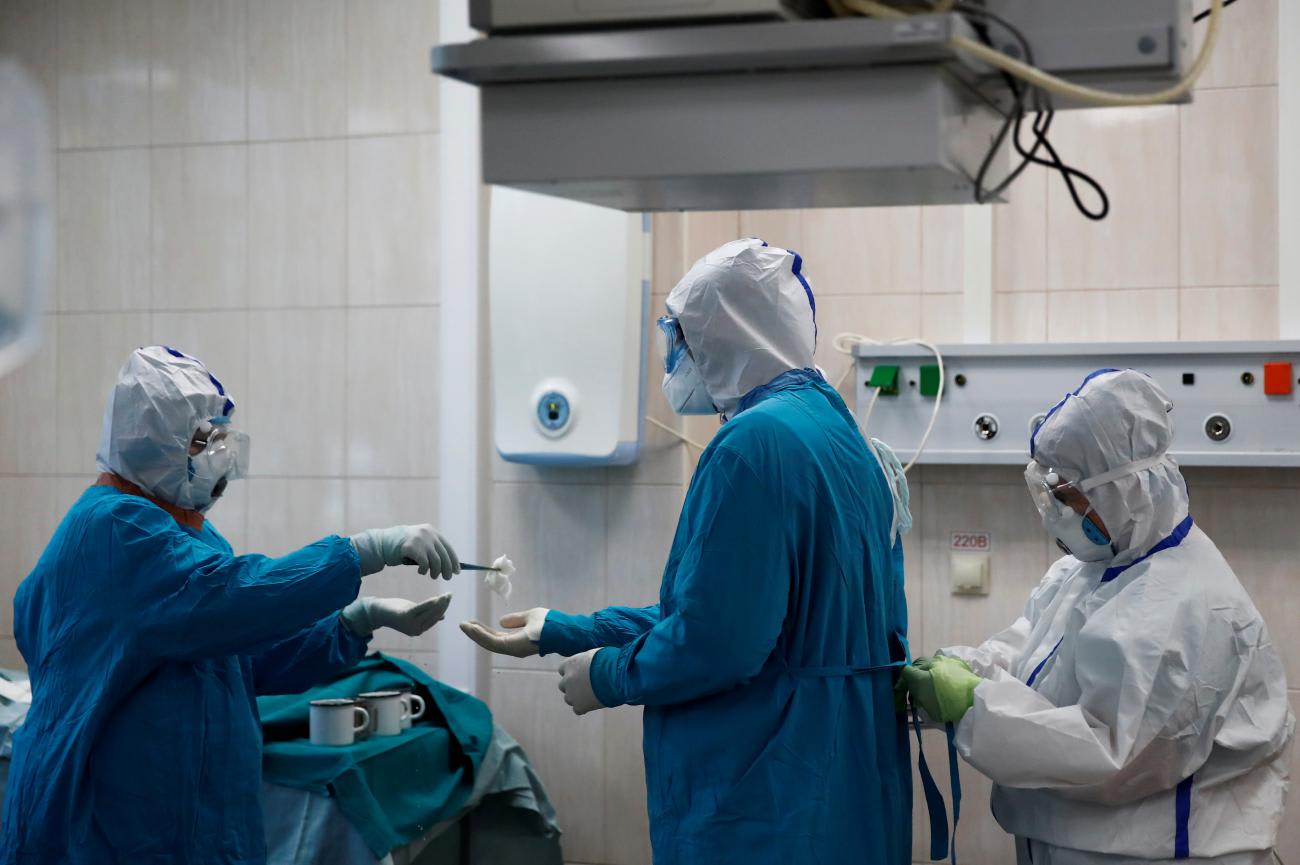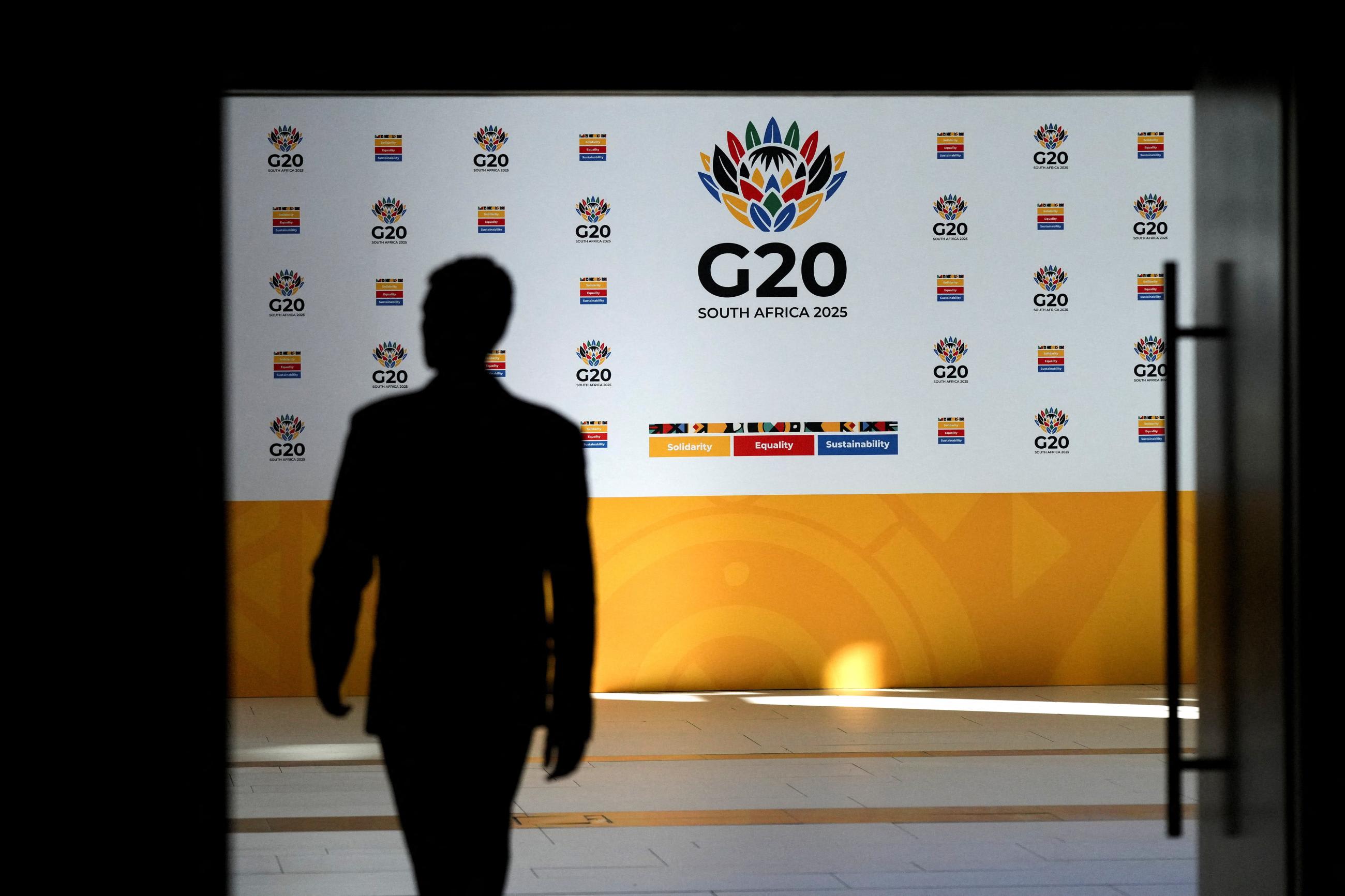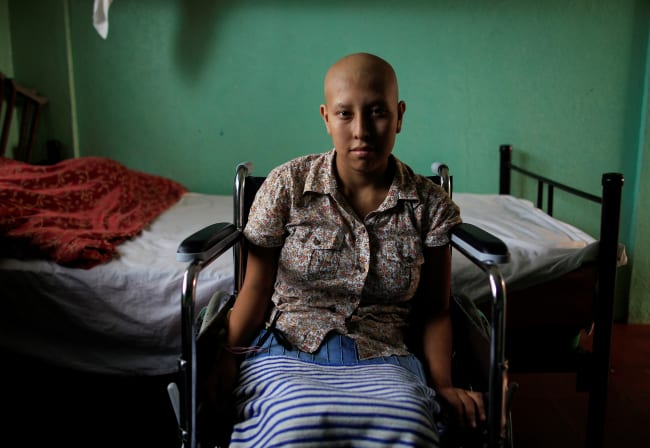During previous Group of 20 (G20) summits in Brazil and India, delegates unanimously deemed health to be an essential ingredient for the social stability and economic virility of member countries. Agendas comprehensively covered the health impacts of climate change, health system resilience, and universal health coverage (UHC).
Surgery, despite being intrinsically connected to these issues, remained largely underrepresented in the discussions. Although the G20 Health Ministerial Declaration on Climate Change, Health, and Equity acknowledges frameworks such as the United Nations Framework Convention on Climate Change and aligns with the World Health Organization's Global Strategy on Health, Environment, and Climate Change, concrete actions that integrate surgery as part of the solution to climate change and UHC, two sustainable development goals (SDGs) are yet to be defined.
Achieving the global targets for accessible surgical care and tackling domestic and international disparities under the looming threat of climate change is a massive challenge that requires a coalition of the most prosperous nations to come together. Hence G20 member nations have an immense responsibility to draft solutions before the next G20 summit in South Africa.
Surgery and Climate Change
Home collectively to more than 4.9 billion people and the majority of the global surgical workforce, G20 nations undertake millions of surgical procedures every year. Members, including Japan, the United Kingdom, and United States, have made notable financial contributions to promote innovation, service delivery initiatives, and surgical care research in countries worldwide. Needs, however, eclipse achievements.
Climate change adds to surgical demands and surgical care contributes to climate change
Climate change adds to surgical demands and surgical care contributes to climate change. First, the increased frequency of extreme events, such as floods and droughts, due to climate change increases the risk of damage to surgical care infrastructure, especially in vulnerable regions. Second, climate change increases disease burden that can increase demand for surgeries. For instance, extreme heat increases the risk of wildfires. Areas with frequent wildfires have poor visibility, which contributes to more traffic accidents. Victims of such crashes often end up in trauma care. Victims of wildfires can also require emergency and trauma surgical care.
Surgical care can also contribute to the climate crisis. In high-income G20 member nations, operating rooms are three to six times more energy intense than the overall hospital. Estimates show that surgical care's annual carbon footprint in Canada, the United Kingdom, and United States could be 9.7 million tonnes (10.7 million tons) of carbon dioxide (CO2) equivalents.
India—the most populous G20 country—faced an unmet need of 49 million procedures in 2019. The situation is similar in other low- or middle-income countries (LMICs). Beyond the aggregate numbers, the within-country disparities are glaring for other large nations. In 2014, Brazil had 18 surgeons, anesthetists, and obstetricians or gynecologists per 100,000 people in its north region versus 46 per 100,000 in the southeast, relative to the Lancet Commission recommendation of 20 per 100,000. Such disparities often follow broader social developmental disparities. For instance, Indigenous communities in Brazil often cannot get essential and emergency surgeries when in need, and rural, tribal, and hilly areas in India suffer most from lack of access to surgical centers.
These inequities and challenges are only worsened by climate change, conflicts, and disease outbreaks. The COVID-19 pandemic significantly disrupted surgical care systems worldwide, causing a growing backlog of surgical procedures. In Brazil, for example, more than 1 million surgical procedures were delayed or canceled between March and December of 2020. That backlog illustrates the interconnectedness between health-care services and the need for comprehensive strategies to mitigate the broader impacts of public health crises. Despite an improved understanding of the role of climate change-resilient health systems, the large carbon footprint of surgical systems demands more attention.

In advance of the next G20 summit in South Africa, member states have the opportunity to develop policies that reduce the climate impact of global surgery and build climate resilience.
Building Climate Resilience Through Surgery
The health-care sector contributes roughly 5% of all global greenhouse gas emissions and operating rooms generate more than 50% of all hospital waste. One of the premier studies benchmarking surgery's carbon footprint found that a single cataract surgery in the United Kingdom had a footprint of 181.1 kilograms (399 pounds) of CO2 equivalents. The Aravind Eye Care System in southern India noted that their sustainable approaches—which include reusing surgical gowns, blankets, and instruments, rational sterilization protocols, and monitoring electricity—reduced the carbon footprint of cataract surgery to 5% that of the UK without compromising the quality and efficiency of procedures. This moment could be important for innovators and clinicians from LMICs to demonstrate how low-carbon footprint solutions could be adapted. The G20 summits should showcase such surgical solutions for LMIC-centered knowledge sharing where surgery's benefits have broader societal and environmental spillovers.
High-Income G20 Nations Should Contribute More Toward Surgical Care Financing
Previous investments, though encouraging, are not enough to cover unmet needs, or to adequately reflect the integral role of surgical systems in strengthening the health-care framework. The last decade of research has shown that investments in essential and emergency surgery are cost effective, that affordable surgeries can alleviate poverty, and that the cost of inaction on social productivity is massive.
G20 leaders should therefore promote pooling finances for strategic investments in surgical care for the countries most in need. Yaneth Giha, executive director of Federación Latinoamericana de la Industria Farmacéutica (Latin American Federation of the Pharmaceutical Industry), underscored that health should be seen as an investment rather than an expense given that it drives social and economic growth. For instance, health-care spending in Latin America has grown from 6.73% of GDP in 2005 to 7.96% in 2019, but still falls short of the global average of 10.34%. Private spending makes up nearly half of this total, disproportionately affecting lower-income populations.
Expanding surgical systems is not only a health priority but also an economic necessity. Estimates suggest that scaling up surgical care in LMICs would require $350 billion. The cost of failing to act, however, is far greater. The Lancet Commission on Global Surgery estimates that LMICs could face a cumulative economic loss of $12.3 trillion by 2030 unless surgical needs are addressed. That loss would surpass 1.5% of GDP in Latin America and the Caribbean, further stretching already limited health-care budgets.
G20 Nations Should Implement Better Digital Health Tools
Collaborative interventional research, including pragmatic trials, can improve surgical quality in LMICs and optimize resource use in upper-middle-income and high-income countries. Implementation research involving grassroots partners could help reduce health system inefficiencies, overcome skill gaps, and ensure smooth care pathways. Together, such research and development initiatives form the basis of evidence-based improvements to medicine and public health and well-being at large.
Integrating surgery into broader health reforms isn't just practical—it's essential
Finally, a national focus on surgery could set up the necessary policy and programmatic movement downstream. National surgical plans offer a clear roadmap for resource allocation, ensuring that investments improve health outcomes while minimizing the financial burden of untreated surgical conditions. Those plans also open doors to international funding and public-private partnerships, making them an effective tool for strengthening health systems.
If three G20 member nations—Brazil, India, and Indonesia—were to adopt and implement national surgical plans, they could improve the lives of 1.9 billion people, including those lacking access to care and most vulnerable to climate change. Further, these plans should focus on equitable access to surgical care and building green surgical systems in LMICs. G20 summits could help build the political will requisite for starting up such planning initiatives.
Despite these clear benefits, surgery is still not a priority in many health agendas. The Pan American Health Organization recently recognized integrated emergency, critical, and operative care as fundamental to primary health-care strategies. Although reflected in Brazil's G20 health resilience agenda, precise strategies are lacking. That omission is a missed opportunity, especially because UHC policies are central to achieving the SDGs. National surgical plans already implemented in 11 countries demonstrate how such policies can address barriers to universal health coverage such as workforce shortages, political commitment, and financing challenges. Integrating surgery into broader health reforms isn't just practical—it's essential.
It's time to stop sidelining surgical care and make it a cornerstone of global health systems. G20 member nations have an opportunity and a responsibility to ensure universal access to surgical care while focusing on equity at each step along the way. As the current G20 president, Brazil has focused on a "resilient health systems" agenda that includes achieving universal health coverage, strengthening health systems, and enhancing pandemic preparedness and response, yet has largely ignored the central role surgery plays in achieving those goals. In addition to targeted strategies, major discussions on surgery were missing.
By strengthening the surgical workforce, implementing national surgical policies, and investing in surgical care, the global health community could make substantial strides toward equitable and resilient health systems worldwide.













